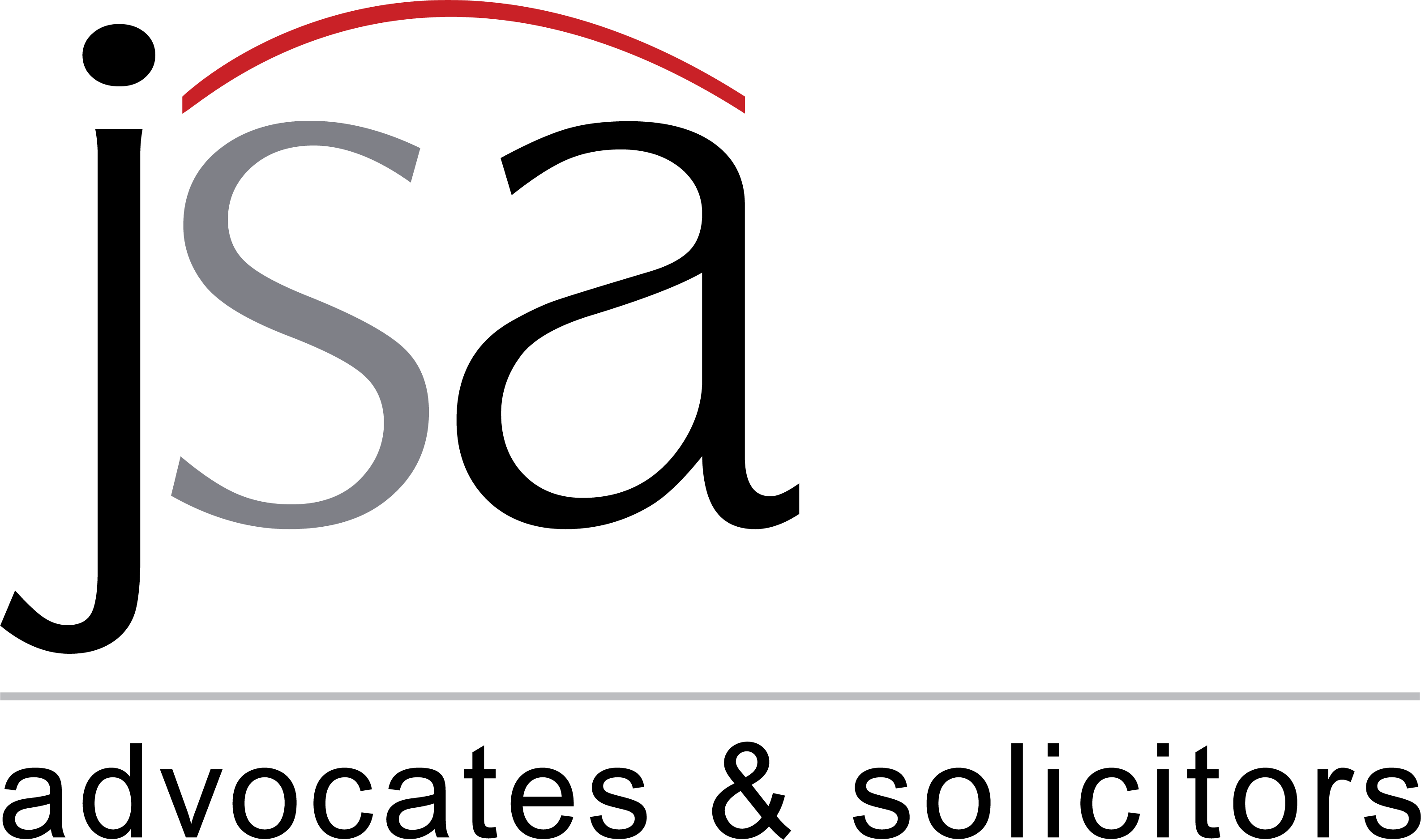Please click here to download the Prism as PDF.
In the recent case of Indian Medical Association & Anr vs. Union of India & Ors,[1] the Supreme Court of India (“Supreme Court”) vide an order dated May 7, 2024 (“May 7 Order”), mandated advertiser/advertising agency to upload a self-declaration certificate on the lines contemplated in Rule 7 of the Cable Television Networks Rules, 1994 (“Cable T.V. Rule”). The self-declaration certificate is required to be uploaded on the Press Council of India’s Portal for print and digital/online advertisements and on the Broadcast Seva Portal for television (“TV”) and radio advertisements.
In line with the May 7 Order, the Ministry of Information and Broadcasting (“MIB”) has introduced a new facility on the Broadcast Seva Portal for TV and radio advertisements and on Press Council of India’s portal for print and digital/internet advertisements, allowing advertisers to submit the self-declaration through these portals.
Brief Facts
- In 2022, the Indian Medical Association filled a writ petition before the Supreme Court against Patanjali Ayurveda Limited (“Patanjali”) for publishing advertisements that maligned allopathy, particularly during the COVID pandemic, and falsely claiming that its own ayurvedic products could completely cure certain diseases.
- In December 2023, the Supreme Courtrecorded Patanjali’s assurance to discontinue the advertisements that had been identified as misleading. A day later, Patanjali’s co-founder Baba Ramdev held an hour-and-a-half long press conference, wherein he refused to accept that Patanjali had made any misleading statements about its products. In his statement, he blamed practitioners of modern medicine for false campaigns against him and Patanjali. Despite its assurance, Patanjali continued to place questionable advertisements in the mainstream media.
- Subsequently, the Supreme Court issued show cause notices to Patanjali seeking response on why contempt proceedings should not be initiated against them. Further, the Supreme Court temporarily banned Patanjali from releasing any advertisements. The Supreme Court eventually initiated contempt proceedings against Patanjali and ordered it to publish a public apology for defying the orders of the Supreme Court.
- While discussing the conduct of Patanjali in the contempt proceedings, the Supreme Court highlighted the innumerable misleading advertisements that are published/displayed with little to nil accountability on the part of the manufacturers, promoters and advertisers. In order to deal with the significant risk these advertisements pose to the interest of the consumers, the Supreme Court impleaded the Ministry of Consumer Affairs, Ministry of Food and Public Distribution, MIB and Ministry of Electronics and Information Technology as parties to the proceedings to examine the steps taken by them to prevent abuse of the Drug and Magic Remedies (Objectionable Advertisements) Act, 1954, the Drug and Cosmetics Act, 1940 and the Consumer Protection Act, 1986.
Analysis and Findings
The Supreme Court, after considering the facts and position of the laws and regulations, gave the following directions:
- Before an advertisement is printed/aired/displayed, a self-declaration certificate is required to be submitted by the advertiser/advertising agency on the lines contemplated in Cable T.V. Rule. The self-declaration certificate has to be uploaded on the Broadcast Sewa Portal run under the aegis of MIB. As for the advertisements in the press/print media/internet, MIB is directed to create a dedicated portal. Immediately on the portal being activated, the advertisers/advertising agencies are required to upload the self-declaration certificate before any advertisement is issued in the press/print media/internet.
- Proof of uploading the self-declaration is required to be made available by the advertisers to the concerned broadcaster/printer/publisher/television channel/electronic media for the records. No advertisements will be permitted to run on the relevant channels and/or in the print media/internet without uploading the self-declaration as directed above.
- The above directions to be treated as the law declared by this Court under Article 141 of the Constitution of India. The directions are applicable prospectively.
MIB notification
In light of the May 7 Order passed by the Supreme Court, MIB vide its notification dated June 3, 2024, has introduced a new facility on the Broadcast Seva Portal for TV and radio advertisements and on Press Council of India’s portal for print and digital/internet Advertisements, allowing advertisers to submit the self-declaration through these portals. The certificate must be signed by the authorized signatory of the advertiser. The portals have been activated from June 4, 2024.
The self- declaration certificate is required to be obtained by all advertisers and advertising agencies for all new advertisements that will be issued/telecast/aired/published on or after June 18, 2024. A buffer period of two weeks has been provided to all stakeholders to familiarize themselves with the process of self- certification. Currently, advertisements which are ongoing do not require the self-declaration certification.
The self-declaration certificate is to certify that the advertisement (a) does not contain misleading claims, and (b) complies with all relevant regulatory guidelines, including those stipulated in the Cable T.V. Rule and the Norms of Journalistic Conduct of Press Council of India. The advertiser must also provide proof of uploading the self-declaration certificate to the relevant broadcaster, printer, publisher, or electronic media platform for their records.
Conclusion
Prior to the May 7 Order, it was difficult to keep record of the advertisers/advertising agencies in India. The self-declaration now will act as a centralized system to track and record advertisers/advertising agencies where, their authorized representative signing the self-declaration certificate must include their mobile number, email address, a detailed description of the product or service, the full script of the advertisement, a link to the audio/visual element for print advertisements, and the proposed date of broadcast or publication.
The Supreme Court aims to enhance accountability and transparency in advertising. However, since there is no regulatory authority to monitor any non-compliance of the directions nor are there any penal consequences for non-compliance, it may be difficult to make non-compliant advertisers/advertising agencies accountable.
This Prism has been prepared by:
|
Sajai Singh |

Maitrayi Jain |
Bhoomika Kumar |
For more details, please contact [email protected]
[1] W.P. (Civil) No. 645/2022












